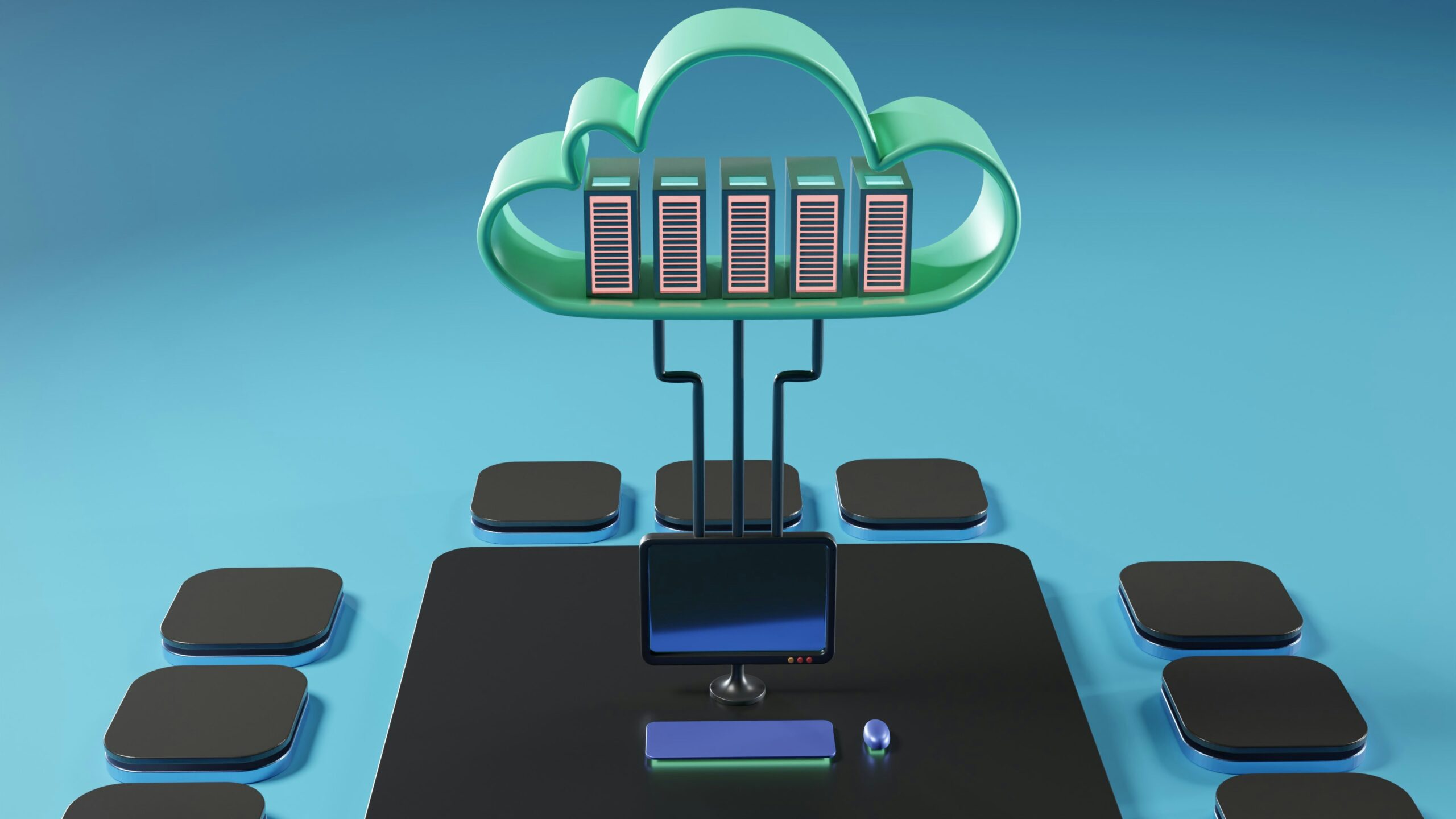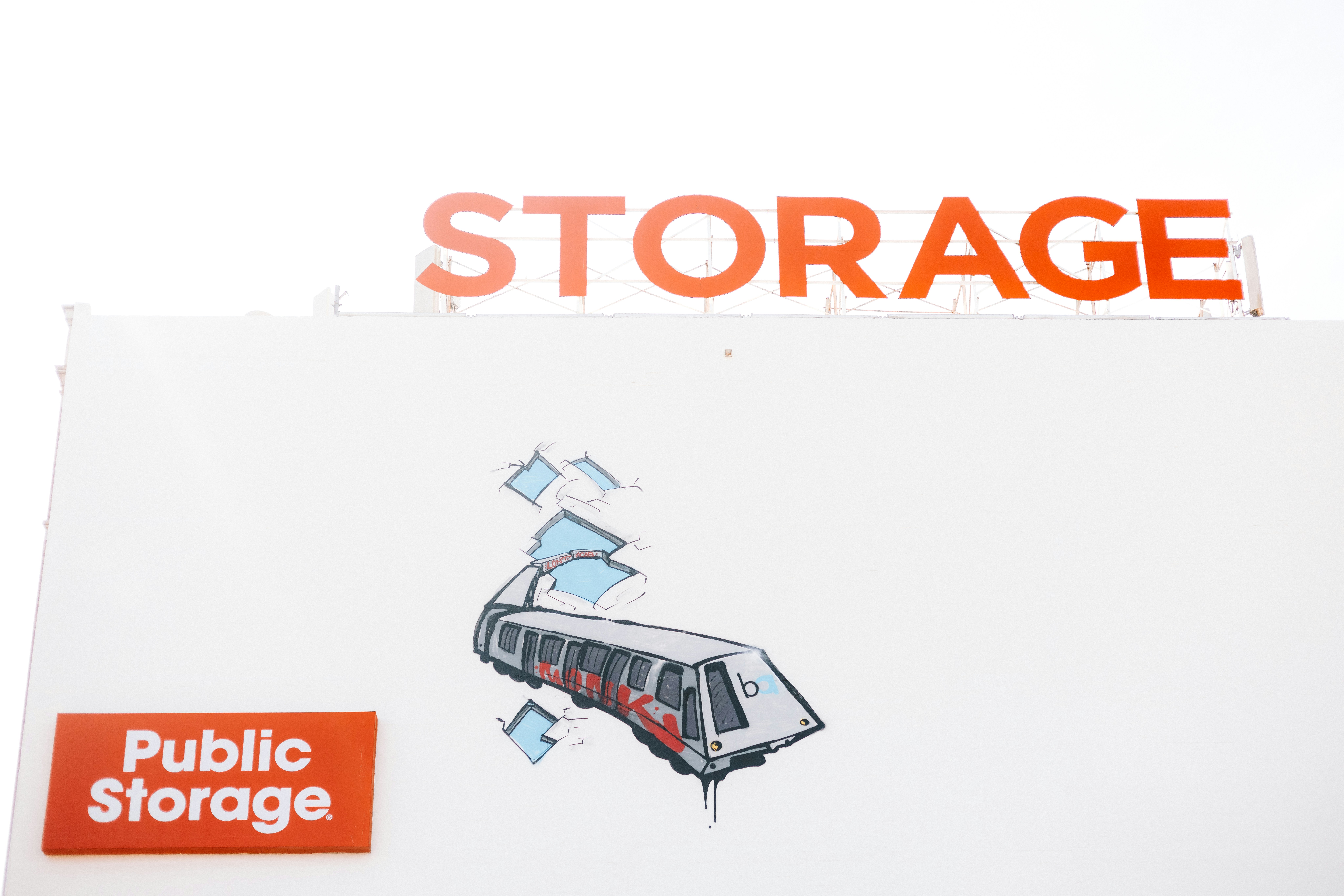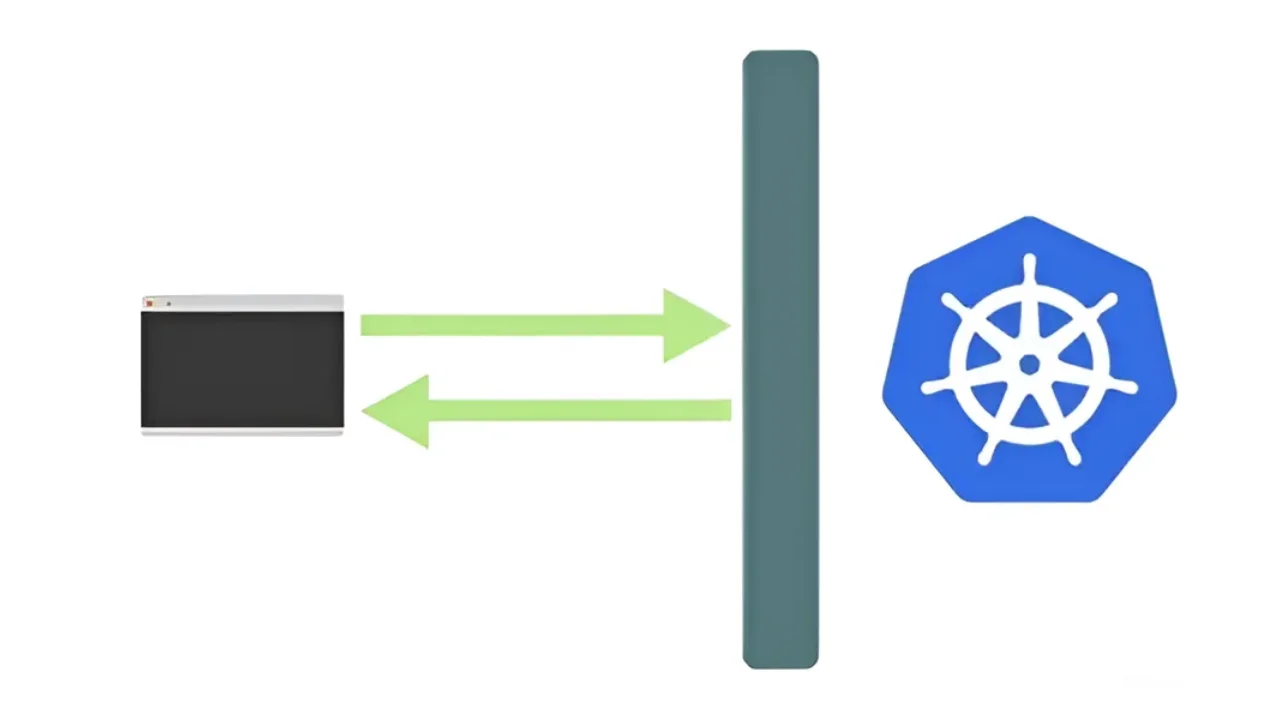
The AI-Driven Shift: Why Infrastructure Autonomy is Key to SME Survival
The Infrastructure Bottleneck: When Automation Isn't Enough
For small and medium enterprises (SMEs), eCommerce managers, and digital agencies, the promise of the cloud was supposed to be agility. Yet, for years, the reality has been starkly different: increasing complexity, spiraling costs, and constant operational firefighting. We transitioned from manual, point-and-click infrastructure (Phase 1) to the era of 'Infrastructure as Code' (IaC) (Phase 2), relying on tools like Terraform and Ansible to bring consistency.
But let's be honest about Phase 2. While IaC standardized deployment, it merely moved the bottleneck from provisioning to orchestration. You still needed highly paid, specialized engineers to write, maintain, debug, and police that code. This reliance on human expertise for constant oversight and manual remediation of drift drains significant productivity and budget, an annual expense that is crippling for smaller organizations competing on thin margins.
We are now standing at the threshold of Phase 3: Autonomous Infrastructure. This shift is not merely about better automation; it's about systems that understand your intent—your business goals—and continuously build, govern, heal, and optimize themselves to achieve them. For organizations focused on core product delivery, this represents the single biggest competitive advantage of the coming decade.
Translating Autonomy: What Phase 3 Means for Your Bottom Line
The concept of autonomous infrastructure often sounds like science fiction, reserved only for trillion-dollar hyperscalers. However, the foundational technologies are being rapidly democratized. For the business owner, the digital agency professional, or the eCommerce director, true autonomy translates into four immediate, tangible benefits:
1. Self-Building: Infrastructure from Business Intent
In Phase 2, deploying a new application stack meant detailed technical specifications. In Phase 3, the system generates the infrastructure based on stated business intent: “I need a high-availability, low-latency stack for our new European market, compliant with GDPR.”
- The Benefit: Rapid Time-to-Market. Weeks of architecture planning and provisioning shrink into minutes or hours, allowing you to seize market opportunities instantly.
2. Self-Governing: Security and Compliance Enforcement
Compliance and security policies are the silent killers of efficiency. Manual audits, human-error configurations, and post-facto remediation waste untold resources. Self-governing systems continuously enforce policies (security, cost, compliance) and prevent configuration drift automatically.
- The Benefit: Reduced Risk and Audit Stress. The system ensures continuous compliance, significantly improving your cybersecurity for SMEs posture without requiring dedicated 24/7 security engineers.
3. Self-Healing: Proactive Reliability
Traditional monitoring (L2) alerts you after failure. Autonomous infrastructure monitors patterns and implements preemptive adjustments. If a component shows signs of degradation or failure, the system diagnoses, isolates, and remediates the issue automatically, often before any customer notices an interruption.
- The Benefit: Near-Zero Downtime. Mean Time to Resolution (MTTR) collapses from hours to minutes, protecting your revenue stream, especially during critical sales periods for eCommerce scalability.
4. Self-Optimizing: Performance and Cost Alignment
This is perhaps the most transformative benefit for SMEs. Autonomous systems continuously balance the complex trade-offs between cost, performance, and reliability based on real-time traffic and demand. Why pay for massive, static capacity when your infrastructure can dynamically scale resources up during a peak rush and scale down immediately afterward?
- The Benefit: Optimized Spending and Performance. You only pay for what you truly need, while guaranteeing peak website speed and responsiveness when it matters most.
The Managed Path to Autonomy: Democratizing Complexity for SMEs
When engineering leaders discuss the progression toward Level 4 Autopilot, they typically reference bespoke Kubernetes deployments and custom-built multi-agent AI systems. This is an expensive, expertise-heavy road that is impractical for the vast majority of digital agencies and small businesses.
This is where the concept of 'Stacks As a Service' (STAAS) becomes crucial. For SMEs, achieving autonomous benefits is less about building the AI agents themselves, and more about finding platforms that have internalized the complexity of autonomous operations and deliver the resulting benefits through a simple interface.
STAAS.IO: Giving Your Stack Self-Driving Capabilities
Imagine needing the robust, highly available, and auto-scaling power of a system like Kubernetes, but without needing a dedicated team of engineers to manage the YAML files, persistent volumes, and complex networking rules. This is the core mission of STAAS.IO.
STAAS.IO is designed to shatter application development complexity by providing an environment that inherently possesses many L3 and L4 autonomous capabilities, abstracted away from the user:
- Self-Building via Simplicity: Whether you use a CI/CD pipeline or our one-click deployment, the platform handles the optimal configuration generation and deployment (eliminating manual IaC management).
- Self-Optimizing Scalability: Crucially for eCommerce managers and agencies running high-traffic sites, our platform seamlessly scales horizontally (across machines) or vertically (for increased resources). This dynamic resizing is managed automatically, ensuring you maintain peak website speed and performance during traffic surges, translating directly into optimized resources and predictable costs.
- Self-Healing Foundation: We adhere to native CNCF containerization standards and offer full native persistent storage. This architectural choice is fundamental to self-healing. If a container fails, the system automatically redeploys it, attaching the required native volumes instantly—a level of reliability and persistence that manual automation often struggles with.
By choosing a platform that bakes in these intelligent infrastructure operations—a truly managed cloud hosting environment—small businesses can access the benefits of self-governing, self-healing architecture without ever having to write or maintain complex infrastructure automation code.
Performance and Security: Autonomous Systems Delivering Core Web Vitals
In the current digital landscape, performance is non-negotiable. Google’s emphasis on Core Web Vitals means that infrastructure performance directly impacts SEO rankings and, consequently, traffic and revenue. Traditional infrastructure management makes optimizing these metrics a constant, manual struggle.
Autonomous Optimization and Core Web Vitals
An autonomous system constantly monitors real user performance data against predefined objectives. If loading times (LCP) begin to slip, the self-optimizing system doesn't wait for a human alert; it proactively shifts traffic, allocates additional processing resources, or adjusts caching layers—all in milliseconds. This is the difference between simply hosting an application and hosting an application that is actively managed for peak digital experience.
For high-stakes environments, such as promotional campaigns or flash sales, eCommerce scalability is no longer a question of pre-provisioning capacity and hoping for the best. It's a continuous, AI-driven process that guarantees resources are available the moment the demand spike hits, protecting crucial revenue streams and maintaining the user experience that defines modern digital success.
Self-Governing Security and Policy Enforcement
Security is perhaps the most compelling driver for autonomy in the SME space, where dedicated security teams are often non-existent. The greatest risk often comes from configuration drift—a manual update to one server that doesn't propagate correctly, leaving a vulnerability exposed.
Autonomous infrastructure enforces security policies deterministically. It treats compliance and configuration as constant objectives. If a security patch is released, the self-governing system automatically applies it across the entire deployed stack and validates compliance immediately. This level of automated protection dramatically elevates the baseline cybersecurity for SMEs, making enterprise-grade reliability accessible.
The Five Levels of Autonomy: Where SMEs Start
Infrastructure analysts categorize autonomy into five levels, from L1 (Manual) to L5 (AGI – Artificial General Infrastructure). Most small businesses currently operate between L1 and L2 (relying on manual processes or basic CI/CD tools).
- L1 Manual: Direct human intervention required.
- L2 Automated: Defined workflows (IaC, basic CI/CD) require human orchestration.
- L3 Copilot: AI recommends actions; humans approve and execute.
- L4 Autopilot with human goals: AI operates autonomously within strict, human-defined objectives (e.g., maintaining sub-200ms latency, keeping costs below $X).
- L5 Autopilot with AI-chosen goals (AGI): AI sets its own strategic objectives based on observed business context.
The immediate strategic goal for SMEs is not L5 AGI, but leveraging platforms that deliver L4 capabilities through L2 simplicity. When a managed cloud hosting provider abstracts the complexity of Kubernetes-like scaling and policy enforcement, the user gains L4 autonomy (guaranteed performance within cost limits) without needing the L3 expertise to manage the underlying AI agents.
Addressing the Trust Deficit: The Pillars of Reliability
Skepticism about ceding control to AI is healthy. What happens when an autonomous system makes a mistake? Trust must be built into the architecture. The shift to autonomy relies on maintaining the 'Four Pillars of Trust':
- Execution Control: Ensuring robust, fine-grained access control (RBAC) so humans can always review and override critical decisions.
- AI Decision Reliability: The system must be explainable. You need to know why the infrastructure scaled or healed the way it did, providing clear audit trails.
- Data Security & Privacy: Guaranteeing data sovereignty and protection, even as agents analyze patterns.
- Compliance & Audit: Policy-aware remediation that leaves a complete, verifiable record for auditors.
For SMEs, this trust is best delivered via platforms designed for flexibility and transparency. By adhering to open standards, like the CNCF containerization standards used by STAAS.IO, organizations gain full freedom from vendor lock-in. This architectural choice is key to long-term trust, ensuring you maintain control over your applications and data, even as the platform operates autonomously to manage the underlying stack.
Conclusion: The Future is Self-Organizing
The evolution from manual, tribal knowledge (L1) to fully self-governing infrastructure (L4) is accelerating, driven by the convergence of AI development and AI operations. For small and medium businesses, this transformation offers a profound escape from the operational treadmill.
Autonomous infrastructure is not just a technological luxury for the tech giants; it is becoming the necessary foundation for competitive survival. By offloading the complexity of infrastructure management to intelligent, self-healing, and self-optimizing platforms, businesses can redirect talent and capital back toward innovation and product development—the areas where human creativity truly shines.
The organizations that recognize this fundamental shift now and choose platforms that democratize autonomous capabilities will be the ones defining the competitive landscape, delivering unparalleled performance, reliability, and agility over the next decade. The infrastructure constraint is ending; are you ready for the liberation?
[CTA] Focus on Product, Not Pipelines. Achieve Autonomy Today.
Are complex deployment strategies and manual scaling draining your team's resources? Stop managing infrastructure complexity and start delivering exceptional product value.
STAAS.IO simplifies the transition to high-performance, resilient architecture. Leverage Kubernetes-like power and automated scalability designed to keep your Core Web Vitals sharp and your costs predictable. Our managed cloud hosting provides the foundation for self-building, self-healing stacks, freeing your team to focus entirely on growth.
Explore how STAAS.IO can transform your application delivery—making agility and eCommerce scalability a fundamental, autonomous reality.




